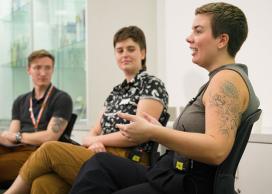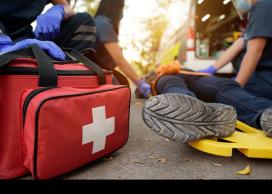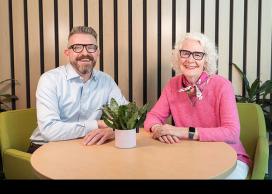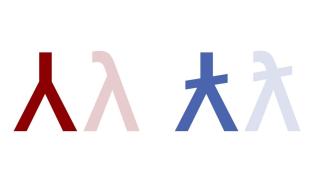University labs in the age of COVID-19
September 25, 2020
Universities across the world have shifted to online classes. But certain types of research and learning require labs. UBC professors explain how they are tackling lab work and lab courses.
Faculty, staff and students have all been working hard over the summer to prepare for fall courses online. All teaching across UBC Science that can be conducted remotely is being done remotely. Mostly, this means teaching online, but in a few cases, it means students will work with physical objects — like Arduino for physics work — in their homes.
A very small number of upper-level laboratory courses will be taught in-person. We are able to run these in-person labs because of extensive safety planning over the summer based on current guidelines, public health requirements and effective safety practices.
It’s essential that we provide opportunities for students to connect and engage with each other, their instructors, and their teaching assistants in remote learning formats. This means providing active learning in the remote classroom and re-creating lab experiences so that students still have the opportunities to practice scientific thinking and problem-solving, even in cases where they aren’t physically manipulating things.
- Our people
- Feature story




